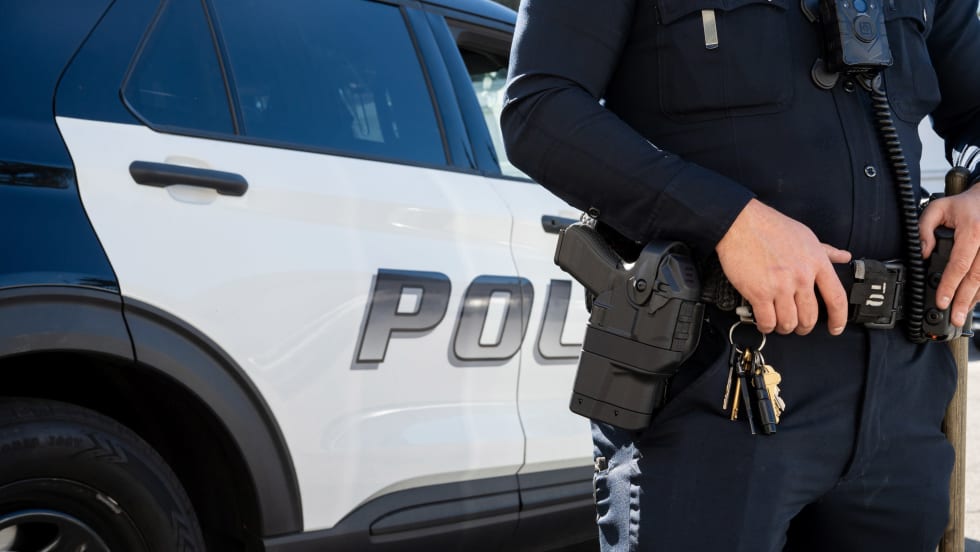At the core of a successful response to a mass killing is training. Perfect practice makes for perfect performance—and nothing less is acceptable during a mass murder attack. The same is true for training for you fight as you train.
Response training for these types of incidents should focus on some military basics; infantry (team) leadership, movement, and fighting tactics. Doing less is simply not a winning option.
Officers should also be trained in dynamic situations with force-on-force scenarios that place the officers in a scenario they may face during a mass murder attack. Officers need to feel what it's like to be in the same kind of situation they may have to respond to. The quality of that response will rise or fall to the highest level of training, especially in a battle.
Training for a mass killing incident should be top-down, bottom-up training. It does no good if the operational officers train but the commanders do not. The operational officers need their commanders to be able to be familiar with the scenarios and be able to make decisions rapidly and under the same type of dynamic situation as the operational officers. Addressing these types of multipronged attacks requires law enforcement to train from the command level on down.
These types of incidents demand that commanders and field personnel hold regular training exercises focused on overall incident management, tactics, command and control, communications, and consequence management.












